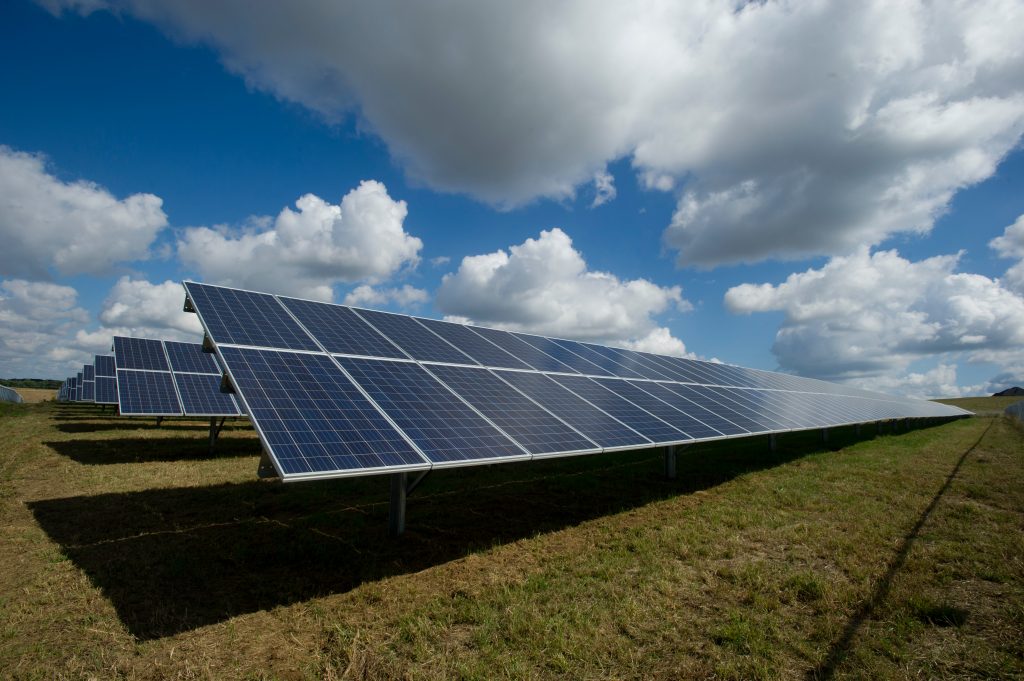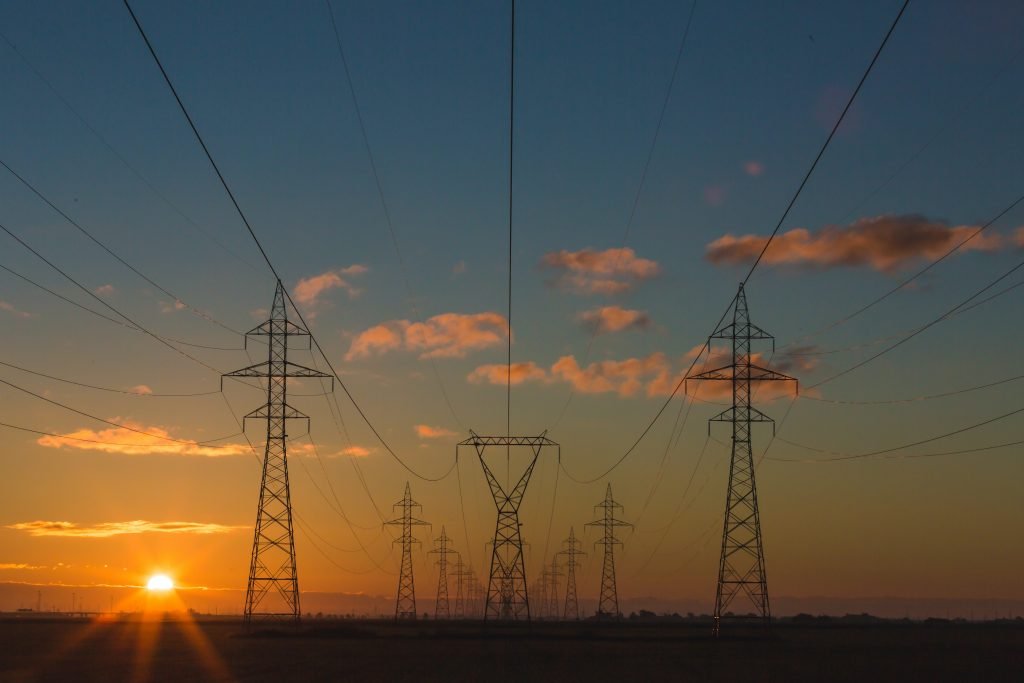From the advent of the universe till its annihilation, everything is more or less, energy in different forms. Energy can neither be created nor be destroyed, it can only be transformed from one form to another. Yet, we celebrate World Energy Conservation Day to spread awareness against its misuse. Why? All energy forms are not useful.
When a ceramic pot falls to the ground the potential energy of the pot is converted to the kinetic energy. On hitting the floor, most of it is dissipated as sound energy. Out of all these, none of the energy conversion were useful for doing work. Hence, energy useful for sustenance must be conserved.
Types of Energy:
Now that it is established that energy is a prerequisite to do work. Let’s found out about its various sources:


1. Conventional Energy Sources:
Fossil Fuels, Thermal Power Plant, Hydro Power Plant
Our go-to or readily used energy sources fall under this category. Coal and petroleum are Fossil Fuels used since the Industrial Revolution. Though their combustion is not only adding to the air pollution but also to the green-house effect. Yet they remain our major energy source.
Thermal Power Plants use steam to operate heavy turbine systems but even they rely on coal for heating up water and production of steam. Hydro Power Plants on the other hand use kinetic energy of flowing water or potential energy of water stored at great height to run machines and generate electricity. Although, hydro-energy excludes the use of fossil fuels but construction of large dams is consequential.
Conventional energy sources are convenient but in the long run they lead to depletion of non-renewable resources and a probable energy crisis. Therefore, we need to opt for alternatives wherever possible. Read on to find out the unconventional clean energy sources.


2. Unconventional Energy:
Solar Energy, Energy from sea, Geothermal Energy, Nuclear Energy
The reason why our need for energy is increasing is multifaceted but the increasing population, use of machinery and better living standards are the major ones. In this scenario, Solar Energy, Nuclear Energy and Geothermal Energy are options being readily explored as a plausible alternative.
The Sun is the ultimate source for harnessing energy through solar cells. They are clean, green and efficient; the only drawback being that they require good quality silicon which is limited and silver is still used for connections.
Scientists are tirelessly researching methods to harness Nuclear Energy at room pressure and temperature. Until that happens, nuclear power poses a tremendous risk in portability, storage and disposal of fuels. Seas and oceans contribute to 70% of the earth’s surface. They are a potential energy source but commercial exploitation is a problem.


In coasts with high tides, the kinetic energy of the waves is used to turn turbines in the machinery and converted to electrical energy. Wave energy works on a similar concept. The difference is that this method can be applied to areas of low or high tides.
Ocean-Thermal Energy uses the temperature difference in oceans. The oceans get heated at the surface but remain comparatively cooler at deeper levels. A volatile liquid, such as, ammonia is evaporated using the heat at the surface and the vapors then turn the turbines of the generator connected. Another pump is set up which takes the cool water from deeper levels of the ocean for condensing the ammonia vapors back to liquid form.
How can we contribute in replenishing energy?
The efficiency of an energy source depends on how long it will last, the source of its extraction and its economic value. The renewable source of energy like biomass is a good option but it provides fuel for a limited use. Solar Cells are more efficient but their manufacturing has adverse environmental consequences.
Although research is ceaseless for a “cleaner”energy source, we at individual level can be mindful of how we spend energy and adopt simple methods like, pooling cars, switching off electric equipment, reusing old clothes, newspapers, etc to conserve energy.






